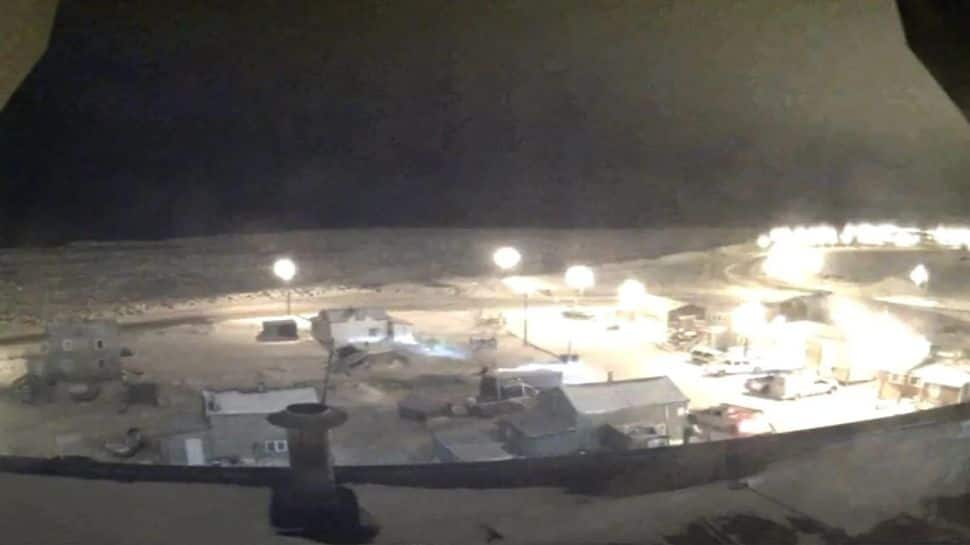Utqiagvik, Alaska, the northernmost city in the United States, entered its annual polar night on November 18, 2025. On that day, the sun set for the final time at 1:36 PM, marking the beginning of a prolonged period during which the sun will not rise above the horizon for 65 consecutive days. Residents of this Arctic community will wait until January 22, 2026, to witness the sun’s return. This natural phenomenon, known as the polar night, occurs every year in locations situated above the Arctic Circle, and it is a direct consequence of the Earth’s axial tilt.
Utqiagvik, formerly known as Barrow until its name change in 2016, lies well within the Arctic Circle. Due to the Earth’s tilt of approximately 23.5 degrees, the North Pole tilts away from the sun during the winter months, plunging the region into extended darkness. Conversely, during summer, the North Pole tilts toward the sun, resulting in continuous daylight known as the “polar day.” In Utqiagvik, this period of unbroken sunlight lasts approximately 80 to 85 days, typically from May through August. The interplay between daylight saving time and this natural cycle makes the transitions between light and dark even more noticeable to local residents.
The city is home to roughly 4,500 people, many of whom are members of the indigenous Inuit community. Living through the polar night presents significant challenges. The lack of sunlight can have profound effects on physical and mental health. Many residents experience symptoms of seasonal affective disorder (SAD), including fatigue, sadness, and depression, caused by the absence of natural light. To combat these effects, some turn to light therapy, which involves exposure to artificial light that mimics sunlight and helps regulate mood and sleep cycles.
Despite the darkness, daily life in Utqiagvik continues as usual. Schools remain open, businesses operate, and people travel outdoors, guided by streetlights and home lighting. However, the extreme cold during this period — with temperatures often plunging to between minus 20 and minus 30 degrees Celsius — encourages residents to spend more time indoors. The winter months are long and demanding, but the community adapts to the conditions with resilience and routine.
The polar night is not without its brighter moments. Residents celebrate traditional holidays such as Christmas and New Year’s Eve, often gathering for parties and communal events that strengthen social bonds during the dark months. The darkness also provides an exceptional opportunity to witness one of the Arctic’s most spectacular natural phenomena: the Aurora Borealis, or northern lights. These vibrant, colorful ribbons of light dance across the night sky, attracting tourists who come from around the world to experience this unique spectacle. However, the extreme cold and remote location limit tourism during the polar night season.
Utqiagvik also holds significance as a center for Arctic research. Scientists study the region’s environment closely, with a focus on climate change and its impacts. The Arctic is warming at a faster rate than many other parts of the world, and melting ice has the potential to alter the natural cycles of the polar night and day. Researchers are monitoring these changes carefully, as shifts in the pattern of sunlight and darkness could affect both the ecosystem and the local communities in profound ways. While the natural cycle of polar night continues for now, experts warn that climate change may bring notable disruptions in the near future.
In summary, the onset of the polar night in Utqiagvik is a powerful reminder of the Earth’s remarkable axial tilt and the unique conditions it creates in polar regions. For 65 days, the city is enveloped in darkness, challenging residents to adapt to life without sunlight while offering rare opportunities to witness the northern lights and celebrate cultural traditions. The community’s resilience, combined with ongoing scientific research, highlights the delicate balance of life in the Arctic amid changing global conditions. As Utqiagvik waits for the sun’s return in late January 2026, its people continue to live, work, and find light in the darkest of times.

